Series Building on Young Children's Mathematical Thinking : Count With Me: Counting Collections
Math.K.CC.B.4
| Common core State Standards
- Math: Math
- K: Kindergarten
- CC: Counting & Cardinality
- B: Count to tell the number of objects
-
4:
Understand the relationship between numbers and quantities; connect counting to cardinality.
a. When counting objects, say the number names in the standard order, pairing each object with one and only one number name and each number name with one and only one object.
b. Understand that the last number name said tells the number of objects counted. The number of objects is the same regardless of their arrangement or the order in which they were counted.
c. Understand that each successive number name refers to a quantity that is one larger.
Math.K.OA.A.4
Common core State Standards
- Math: Math
- K: Kindergarten
- OA: Operations & Algebraic Thinking
- A: Understand addition, and understand subtraction
-
4:
For any number from 1 to 9, find the number that makes 10 when added to the given number, e.g., by using objects or drawings, and record the answer with a drawing or equation.
Drawings need not show details, but should show the mathematics in the problem. (This applies wherever drawings are mentioned in the Standards.)
Save to My Resources
PLEASE CREATE A NEW ACCOUNT OR LOG IN TO ACCESS THIS CONTENT
Enjoy your first video for free. Subscribe for unlimited access.
Have questions about subscribing?
Click Here to learn more about individual subscriptions.
Click Here to learn more about School and Institution access.
Discussion and Supporting Materials
Thought starters
- How do students record their work?
- Why does Ms. Conrow give students ten frames to use when counting?
- What do students learn from sharing their work with each other?
In Partnership With:

Teachers
Kathy Conrow
Newest
|
4 MIN
|
5 MIN
|
5 MIN
UNCUT CLASSROOMS
| TCHERS' VOICE
English Language Arts
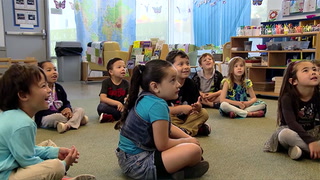

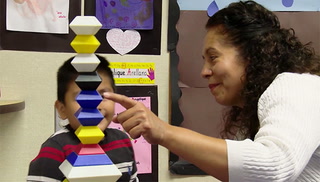
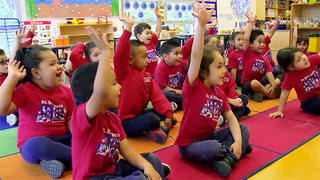

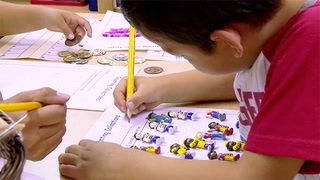
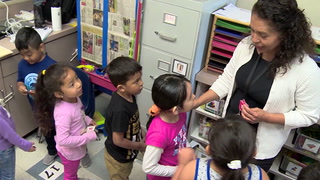
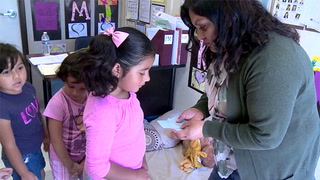
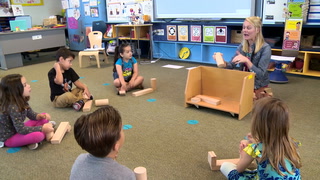


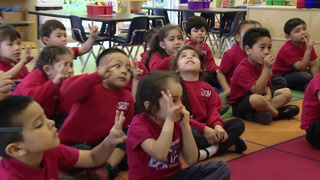









4 Comments
Tobon Lucero Jun 15, 2020 8:22pm
I found the activity in this video to be very helpful. I like that the children were excited to count regardless of how many times they did it. Ms. Conrow gives them a lot of freedom because the children are allowed to decide what they want to count. In addition, Ms. Conrow reinforces the material by asking questions and register what children count on their counting collection worksheet. Recording data is an excellent activity to reinforce children’s knowledge.
Avery Baird May 16, 2020 9:55pm
Allowing the students to choose what collection they want to work with is exciting for them because they are getting to make that choice. They are also using critical thinking skills without even knowing it by using a small or bigger amount because they know the bigger amount has bigger numbers, which may be more difficult. I like how when the student said “I almost have ten” she asked how many it would take to get to ten, which keeps their minds going and grows on their number and counting skills. I love how she continues to ask them questions about higher numbers to grow their number recognition.
Carolina Sovilay Mar 23, 2019 5:15pm
The idea of the math collections is great because children are learning that each numer can represent concrete objects. I love that this preschool teacher has high expectations and a growth mindset, and it apparent in her activity with the children and how she expresses herself.
Mary Bartz Mar 1, 2019 1:05am
I loved how these math bags and counting with ten frames helped kids learn to count. By having kids pick the items they wanted they had choices and recording their data showed you they either knew it or did not.